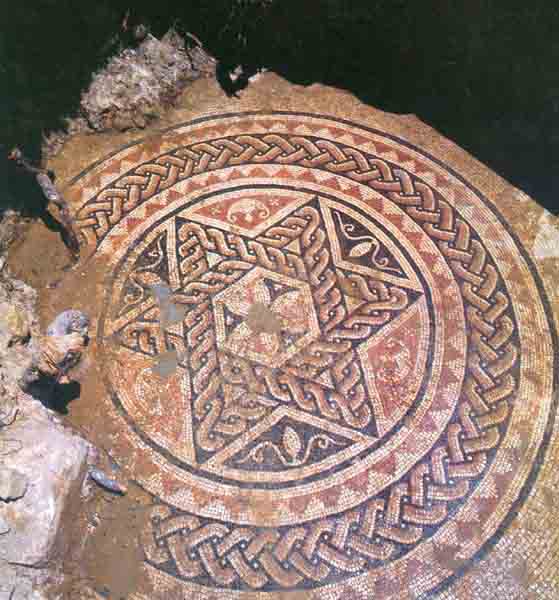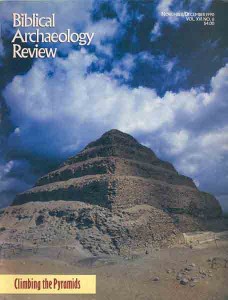What’s a Roman Villa Doing Outside Jerusalem?

Archaeology is full of surprises!
For 17 years, I have been investigating what some consider the most unglamorous of sites: ancient farms. I was not looking for, nor did I expect to find, the kind of breathtaking artifacts that tourists ooh-and-aah about in museums.
My search was for the way ancient farmers lived. I wanted to understand their daily lives, the way they worked and ate and farmed, and the way they related to the cities. My search was for a terrace, a dam, a wall, perhaps a few pots or an olive press. But surely not the romance and glory associated with figural mosaics.
Until recently most archaeological research in the Near East focused on ancient cities and major urban settlements. Little attention was paid to the agricultural settlements that supported these cities. Perhaps this is because ancient cities in the Near East are usually buried in tells, stratified mounds that are quite easily recognized. On the other hand, little farming settlements, often camouflaged by the surrounding landscape, are much more difficult to identify and study.
In recent years, however, archaeologists have been emphasizing how people lived, the way their societies functioned and the relationship between different parts of society. This may be reflected better in settlement patterns or terrace walls and olive pits than in gold jewelry.
Already a library member? Log in here.
Institution user? Log in with your IP address.

